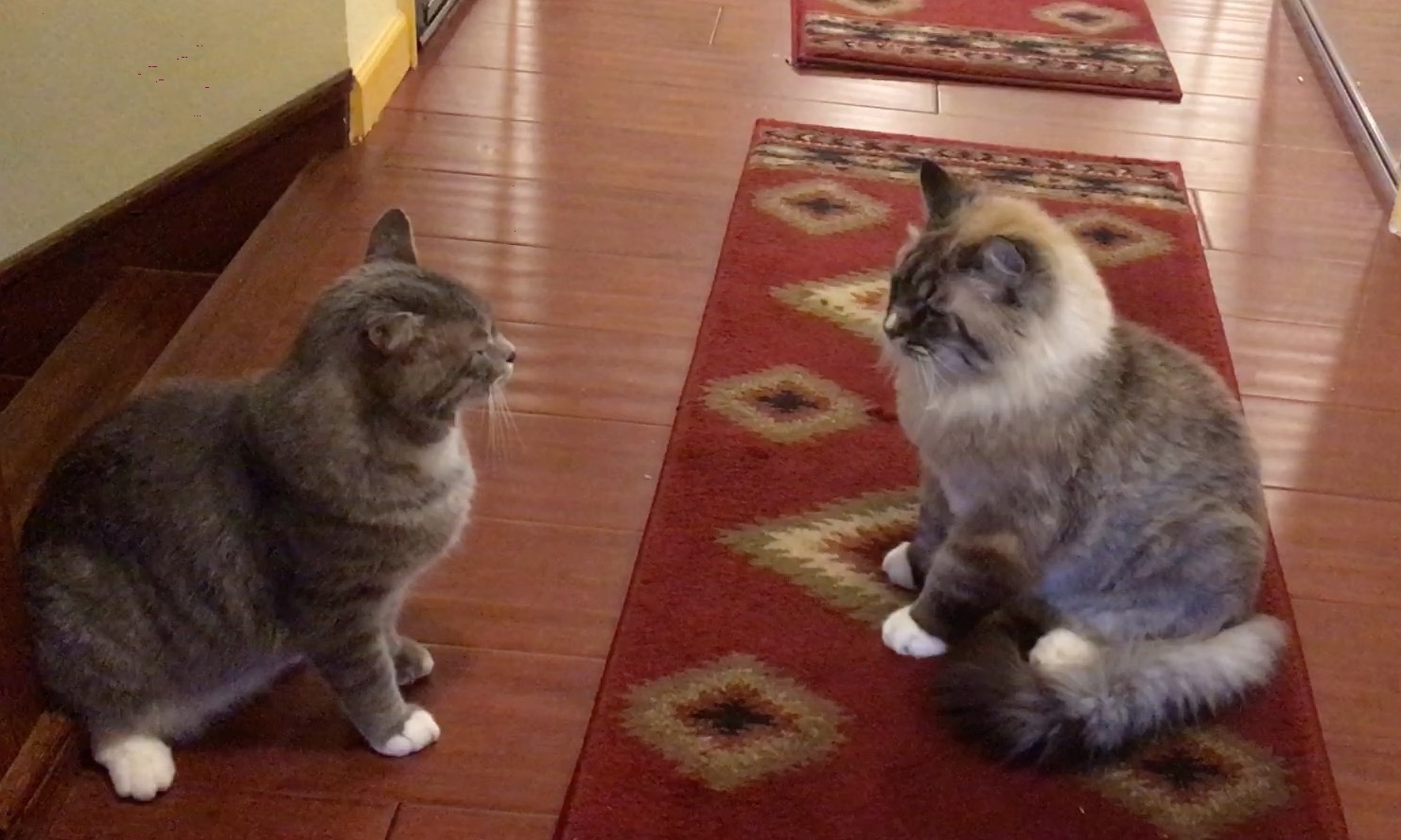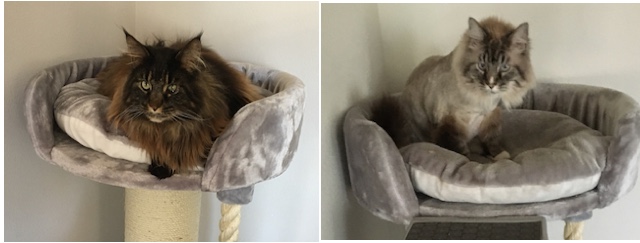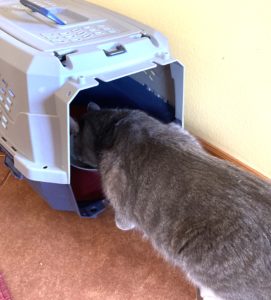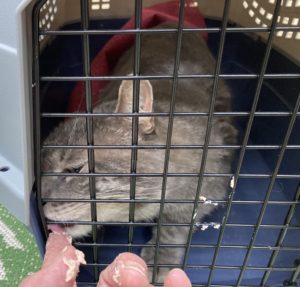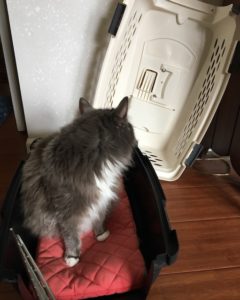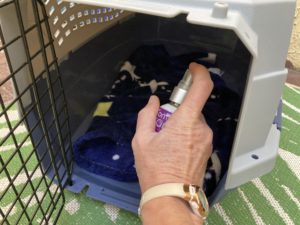At some time in your cat’s life, he will probably need to take some medication. Giving pills or injections to a cat can strike fear into the most stalwart cat guardian! The best way to proceed is to find out what works best for your cat – what will make taking the pill or getting the injection the most fun.
Medicating your cat : The feline purrspective…
From the cat’s point of view, taking a pill is unnecessary and unpleasant. When you least expect it, your person levers your mouth open and shoves something down your throat. You feel like you are going to choke! You gag and spit that thing back up; then run and hide.
As cat guardians, we don’t wish to distress our cats but we do want them to take their medication. After all, we just spent money for an exam and possibly diagnostics to find out why our cat is not feeling well! We just want her to feel better. Medicating your cat can be feline friendly – pick a spot, pick a treat, and give the pill!

Pick a Spot
Does you cat have a favorite spot, a preferred basket she sits in, a blanket she likes?
Make this spot pleasant – offer treats, attention, play time here.
What does your cat like?
Does you cat have particular treats that he values? Can we get something that is special – say some of the lickable treats, chicken baby food, crunchy hard treats? If your cat is not all that food-motivated, pick up food a few hours before giving medication. He will more inclined to eat the pill if he is hungry.
Establish a Routine
Offer your cat treats or head rubs when in her favorite spot.
Get her favorite spot ready and give the medication close to the same time every day.
Medicating Your Cat – taking a pill in a treat or a stream of treats
Your cat is in her favorite spot. What next?
You can use a commercial treat such as “Pill Pockets” – these are soft, flavored treats with a modeling clay consistency – to disguise the pill. Break a small piece off the pill pocket and mold it around the pill. Alternatively, you could mold a piece of sliced cheese, a bit of liverwurst, or anchovy paste around the pill. Some cats will eat the pill in a treat.
Your cat, being a solitary hunter, may be suspicious of this new food item. You may need to entice him to accept it. If your cat has treats he likes, you can start by offering a treat, followed by another, then a “blank” (the pill pocket without the pill), followed immediately by more preferred treats. Wait a bit then offer the treats, the pill in the pill pocket, then more treats.
Give the medication around the same time every day in the favorite spot. You may find your cat will anticipate the activity and go to her spot and wait.
Be Creative!
Let’s say your cat likes laser pointers. You may be able to guide him to a treat with the pointer, then the pill wrapped in the pill pocket, then another treat. Finish with a fun laser pointer session.
“My cat is not falling for these tricks and she needs her tablet! ” Each cat is an individual and each medication is different. In the next post, we will look at other ways of making your cat feel safe and secure, and giving a tablet or capsule using traditional pilling or a pet piller!

